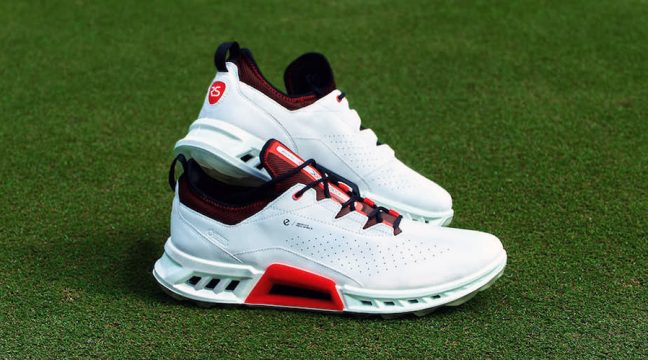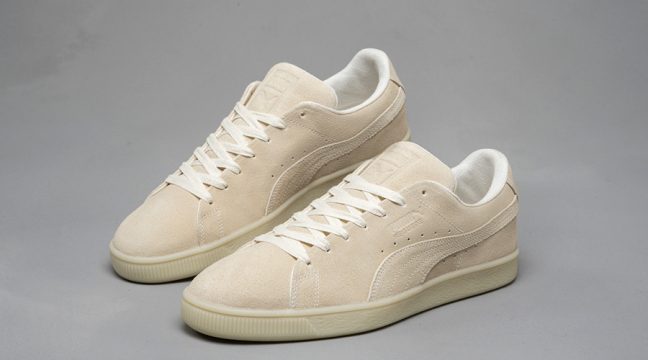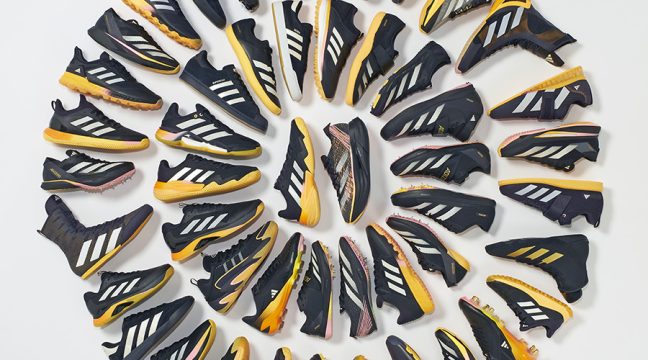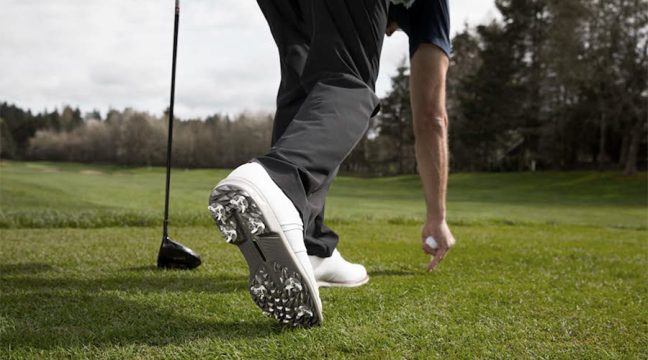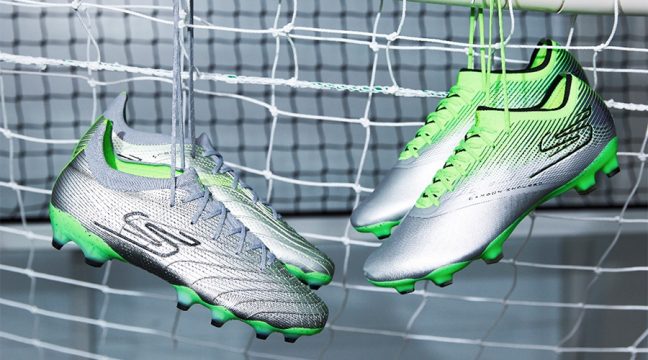The collective movement towards our more primal roots is bringing more customers into the fold of the active lifestyle knives category.
By Odie Tucker
Whether attached to the pack of a bike commuter, to the belt of an outdoorsman, or in the hands of someone splitting wood for their family’s wood fired stove, quality knife and axe sales are an opportunity for specialty retailers.
The data for the knife market has been tied to the activities they are meant for. Where we have seen change, according to SSI Data* is within the non-activity specific knives that would fit into the so-called everyday-carry, or EDC, category.
In these EDC knives in 2015 SSI Data* reported double-digit decreases in the units sold for these folding knives, however there were only marginal losses in dollars. What that tells us is that people are buying fewer, but more expensive knives. Coincidentally, we see an inverse trend in the Internet channels, where there has been a sharper decrease in dollars and marginal losses/gains in units over the trailing 52 weeks, as of February 27, 2016.

DPx Hest II Fixed Blade Knife with Hex Driver
Photo courtesy DPx Gear
Bushcraft Business Is Good
Quality bushcraft fixed-blade knives (a knive that does not fold or slide) have seen a strong resurgence in 2015, a trend that has ridden the wave of overland hunting and backcountry sustainment, but has now become relevant to the general outdoor enthusiast.
Bushcraft knives are the knives carried by those who are ready to survive. These knives have been recognized as being trendsetters for the individuals that are “useage and user based” according to Claire Pelton, director of sales and marketing at DPx knives. The trend is representative of a larger broadening perspective in the outdoor world, as Benchmade Sales and Marketing Director David Fee put it “the use of quality knives in the occupational capacity is transferring into the outdoor world.”
There is also a degree of comfort and connectedness when using knives in this fashion. The knife in its original purpose was to secure ourselves in the environment that surrounded us, and that purpose is still true today. The quality and functionality of a Bushcraft knife is essential to the value it poses to their users. Manufacturers have had to be responsive, providing modern functionalities to an ancient category of knife.

Benchmade Bushcrafter Fxed-Blade Knife (with Kydex Sheath not shown)
Photo courtesy Benchmade
DPx is incorporating devices such as a hex driver; Benchmade using kydex for a sheath; or Mora using rubberized handles has shown the responsiveness and willingness of modern manufacturers to use modern materials, techniques, and features in their blades.
The market has shown that it understands the value of a quality fixed-blade knife, with the average selling price of fixed blades rising by as much as 40 percent in the last 52 weeks, as of February 27, 2016.

DPx HIT Cutter with locking patent-pending edge protector
Photo courtesy DPx Gear
Specialization of Everyday Carry Knives
Everyday Carry (EDC) Knives have been a category that has seen considerable shifts in the past few years and will continue to be a trend-driven category. The trends in the EDC market have been user-focused, resulting in the creation of knives that are more user-friendly by design and relevant to the needs of a user.
One of the ways that these goals can be accomplished is simply by shrinking the size of the knife without compromising on the quality. This accomplishes the goal of creating a package that someone is more likely to carry, while simultaneously lowering the cost of the knife to the potential first-time buyer. Putting higher quality knives at a lower price point, instills a great deal of faith amongst returning customers
“When they do (buy their second knife), they will pay for premium materials in a high-end folder or fixed blade to get them through another
15 to 20 years,” said Joyce Laituri, head of public media relations for Spyderco. This opens up for the ability for knife companies to make very specialized knives with unique feature sets for the customers who understand the value of owning and using a high-quality knife.
These unique feature sets can create very atypical knife designs; a knife that is designed for a bike commuter will ultimately look different from those who use their knife to open boxes all day. Pelton from DPx calls this “designing knives from a non-knife perspective”, which is a poignant way of creating knives that will attract customers that typically would not be a knife customer.
A knife will only be used if it is relevant to the user, and that relevancy has to be displayed to the customer in order to facilitate a purchase. Displaying this relevancy and quality to a customer who can be looking at two very similar knives with two very different price points continues to be a challenge to manufacturers. Creating educational point-of-purchase materials as well as having a well-trained staff is essential to selling higher price-point knives. Not every customer is going to be a “steel junkie” so it is essential for manufacturers to deliver purpose driven knives and for retailers to ensure that the right knife gets into their customer’s hands.

Photo courtesy Helle
A Trip to Scandinavia
The edged tool in Scandinavia has been a cornerstone of cultural and practical importance for centuries. While the variance between countries and regions can be subtle, the common thread between all Scandinavian knife and axe manufacturers that we have seen in the U.S. has been one of extremely high quality and reliability.
There has been a generational gap in quality in the U.S. for tools such as axes. The centuries-old foreign forges have been able to bring back these quality hand tools, as accessible domestic sources for these tools have dried up. Maintaining quality is essential for the brands to maintain their European customer base, and it has created a delicate balance between production quantities and and production quality.
The problem of availability has become apparent as the demand for these axes and knives continue to rise. What has been developed within these companies is a strict adherence to the traditions of knife and axe making, as well as an undying commitment to the knowledge base of understanding how a knife or an axe should be made. James Graven at Treehouse Communications, who represents Scandinavian knife maker Helle said the brand will spend years training their employees on making cutlery such as forks and knives before they are given the opportunity to work on crafting their hand-made knives. Another prominent Scandinavian high-end manufacturer, Hultzbruk, has extremely high levels of quality control when accepting raw materials for the production of their axes. These practices, makes for long-lasting and heirloom quality knives and axes that can still be used frequently, and without a major hit to a customer’s wallet.

Hults Bruk Almike axe
Photo courtesy Mike Alcott
This tradition is one that has been lost in U.S. manufacturing, and its absence has created higher demand stateside. The burden lies with the Scandanavian brands and their retailers to bring about the understanding that although competitively priced, the quality is much higher.
*SSI Data, powered by SportsOneSource, provides weekly point-of-sale data and analysis to retailers and manufacturers in the active lifestyle market. To schedule a personal demo or learn more, call 303.997.7302 or Solutions@SportsOneSource.com.
Lead photo courtesy Helle


